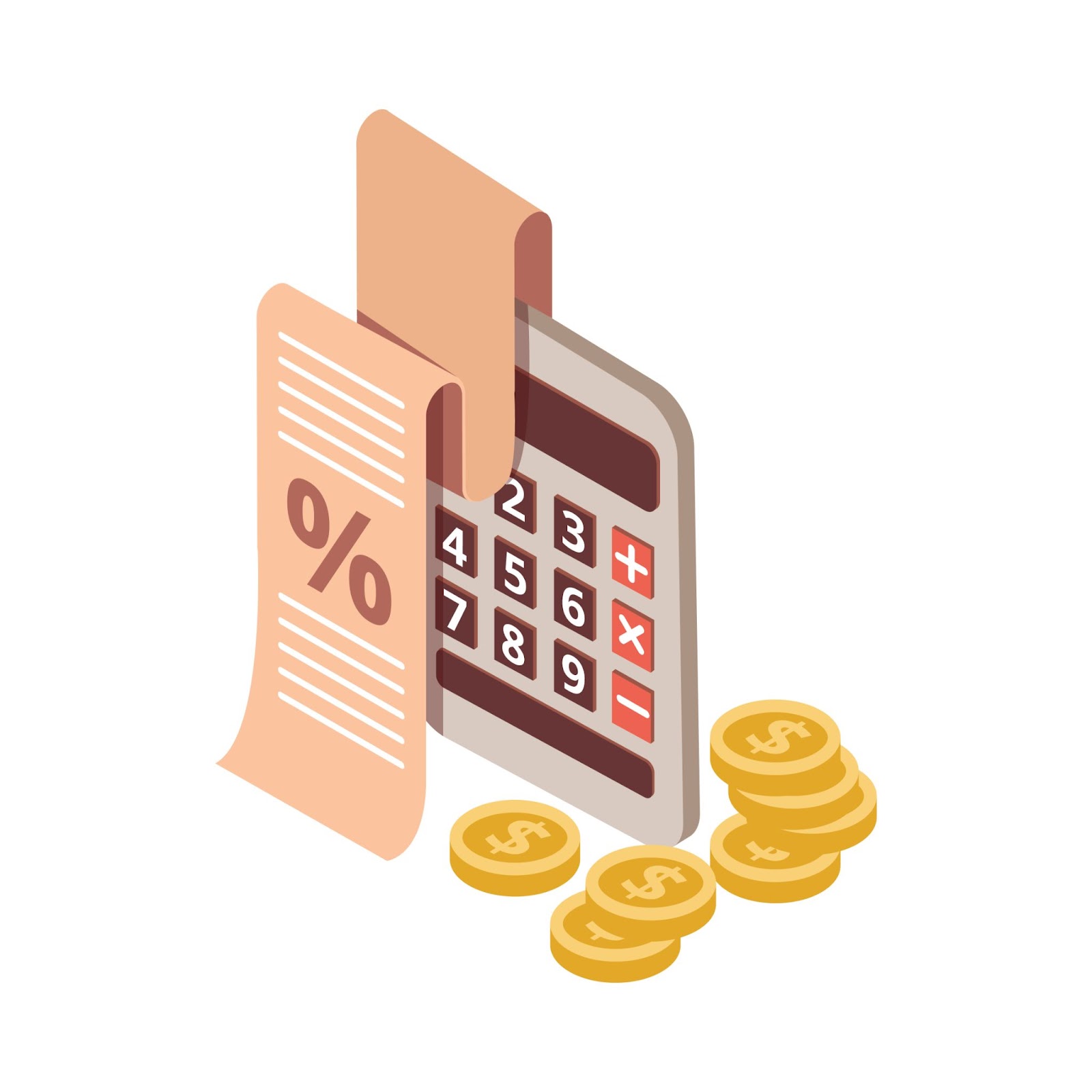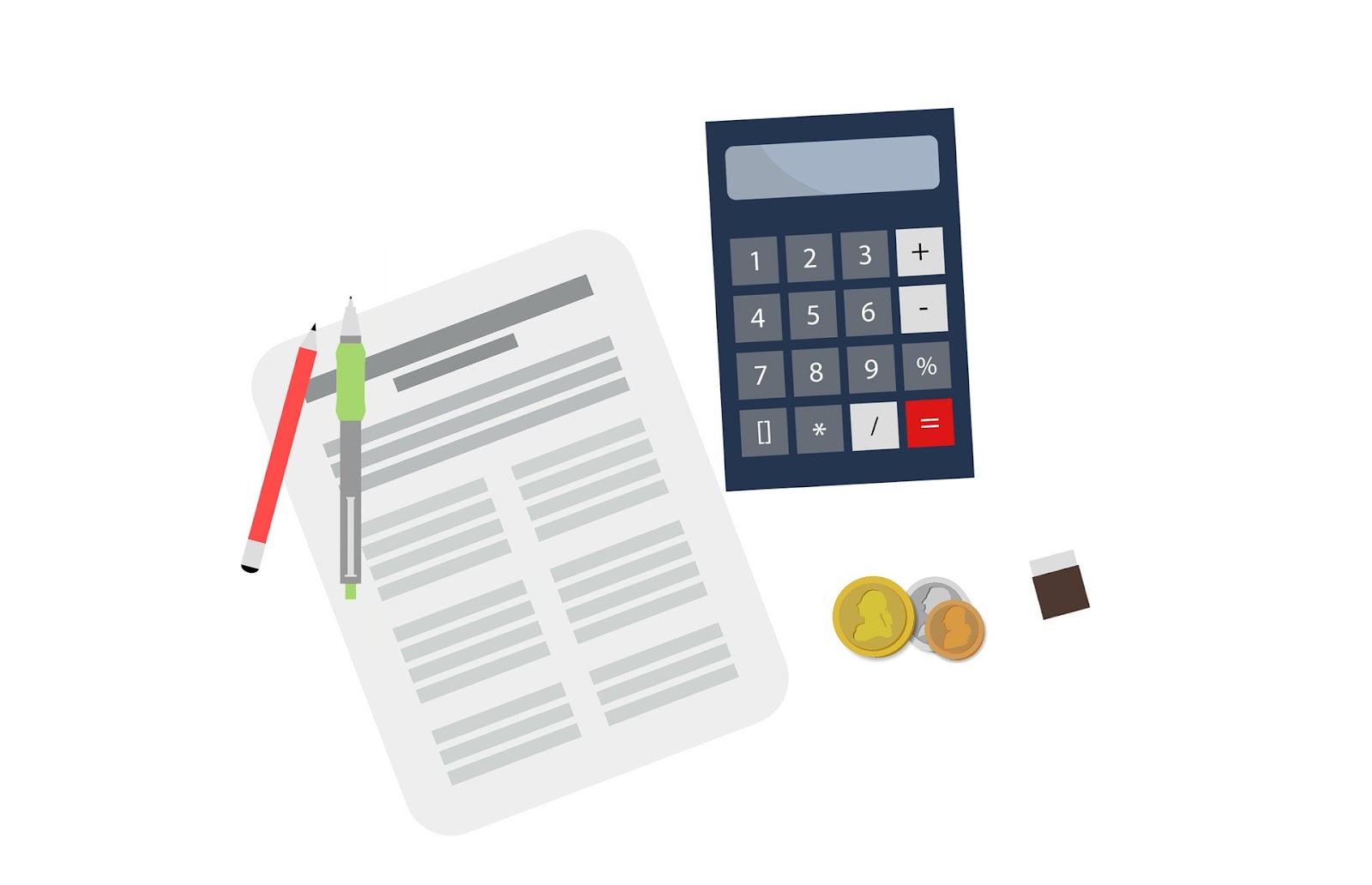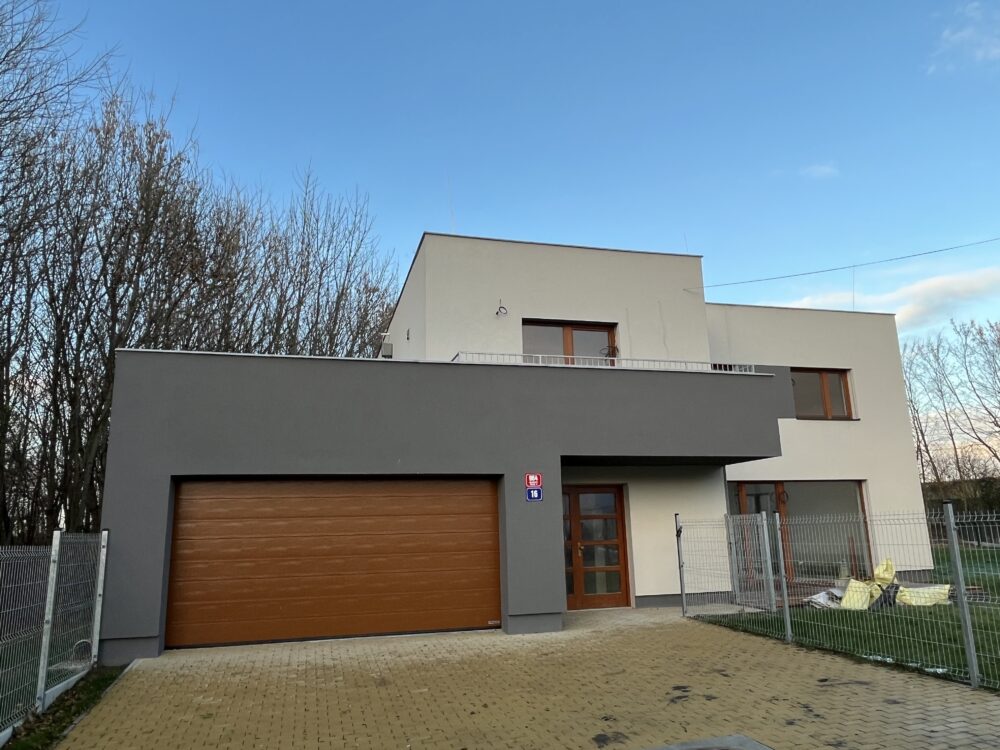Types of loan collateral. Are you familiar with them?
Do you understand credit and loans? What can a loan be secured with? And how do you look at collateral from the other side - when you invest in loans? Read more.
 Reading Time: 5 minutes
Reading Time: 5 minutesWhat is a loan?
A loan is a financial service where one party provides another party with temporarily missing funds. The other party then repays the funds at a certain date under agreed conditions, paying interest on top of the original amount owed.
Do you know the difference between a loan and credit?
The Civil Code distinguishes between a loan and a credit. The fundamental difference between a loan and a credit is a legal one, since a credit does not necessarily have to be monetary, does not have to bear interest, and can be concluded for an indefinite period of time.

Glossary of basic terms
Don’t confuse concepts with impressions! Here are the very basic ones that you probably know, or definitely should know, to read on.
- Lender is someone who provides a loan or lends money.
- Borrower is the one who takes out the loan or borrows money from the lender.
- Guarantor is a third party who agrees to pay for the borrower in the event of default.
- Interest: The lender gets extra interest for lending money to the borrower.
What is collateral for a loan?
By securing the loan, the lender is securing against loss in case the borrower is unable to repay the loan for any reason.
The first thing that precedes the whole process of borrowing money is usually a credit check, i.e., a check on the prospective borrower’s ability to repay the loan. The borrower’s income and expenses are checked, as well as how they meet their other financial obligations. The credit check, but also the correct limitation of the loan amount and the diversification of the risk, can, in themselves, prevent future complications and are, therefore, among the most important factors for loan approval.
If the loan amount is larger or the loan is otherwise risky, then the lender requires additional provisions in case the future borrower stops repaying. This is where the security for the loan comes in.
As explained clearly on the European Central Bank’s website, collateral is an item of a certain value that the lender can withdraw from the borrower if the borrower fails to repay the loan according to the agreed terms. A typical example is a mortgage, where the bank asks you to provide the relevant property as collateral. This means that if you default on the mortgage, the bank will foreclose on the mortgage and sell the property to recover the money it has lent you. Generally, the collateral serves as a guarantee that the lender (not just the bank) will get back the amount borrowed, even if the borrower does not repay their debt.

Types of loan collateral
- Unsecured credit: non-payment is enforced through the courts, the loan has a higher interest rate
- Collateral of immovable property: most often residential property, e.g., a family home. This requires an expert valuation, insurance, registration of the pledge in the Land Registry.
- Collateral of movable property: e.g., securities, a car, or a machine
- Securing personal: another person (guarantor) guarantees the claim
Formal division of collateral
Collateral according to its connection with the secured claim:
- Accessory: is closely tied to the secured claim; upon termination of the claim, the collateral also terminates.
- Abstract: collateral is independent of the secured claim; upon termination (repayment) of the claim, the collateral does not automatically terminate, but the collateral provider has the right to its return. This can be used in the case of repeated lending (e.g., depot promissory note).

Other forms of collateral for loans:
Bank guarantee
- a written statement by the bank, used mainly to reduce business risk in domestic and foreign trade, or as a cash substitute when providing auction security, security for public contracts, or court bail
Promissory note
- the drawer of a promissory note undertakes to pay a certain amount to the borrower; a promissory note is a security with all its specific features and allows the borrower to recover his debt more easily
Vindication of deposit
- for example, a guarantee in the form of a term deposit
Assignment of receivables
- assignment of receivables to the bank
Notarial deed for the direct enforceability of the debt
- the borrower has a direct enforcement title in his hand (which replaces a court decision), and the lengthy court process of proving whether the debt actually exists is usually eliminated in the eventual debt recovery process.

Securing a loan from an investment perspective
When you invest in loans, you become the one who earns the interest. Since every investment carries a certain risk of loss, the better the loan is secured, the better it is for you. Let’s take a look at the terms you may encounter:
A pawn loan is a short-term loan that is secured by a pledge of movable assets such as securities, jewelry, precious metals, or other commodities.
A balloon loan is defined by the way the debt is repaid. The most common is a loan repaid by annuity, a regular payment that includes both principal and interest payments. A balloon loan, on the other hand, means that the borrower makes regular interest payments but pays the principal in one lump sum (at most, together with the last payment). Because the principal does not depreciate over time, this method of financing is attractive to an investor because it can earn more money in interest in total at the same interest rate than an annuity.
Security in immovable property is attractive to investors if the lender has a lien on the property and the right of direct enforcement of the debt. The loan is better secured the lower the LTV. This indicates the amount of the loan compared to the value of the collateral. For example, a loan of CZK 6 million with an LTV of 60% says that the loan amount is 60% of the total value of the mortgaged property, which is worth CZK 10 million. This creates a 40% reserve in case, for example, the value of the property falls for any reason.
The RONDA INVEST platform uses this type of collateral. Thanks to the combination of a lien, enforceability, and low LTV, the level of collateral is high.
Mezzanine loan is riskier for investors. It means that the lender does not have a first lien on the property if something goes wrong. For example: a bank provided a mortgage loan to a borrower, but the borrower needed additional funds and obtained them from another non-bank institution. This non-banking institution offers to invest in the loan. If the borrower stops making payments, the bank, as the senior (main) lender, sells the secured property and covers its part of the outstanding loan first. If the fair value of the property does not cover the entire debt, there will be no funds left for the mezzanine lender or its investors to cover the losses.

(c) ilustration: Designed by Freepik and Pixabay




